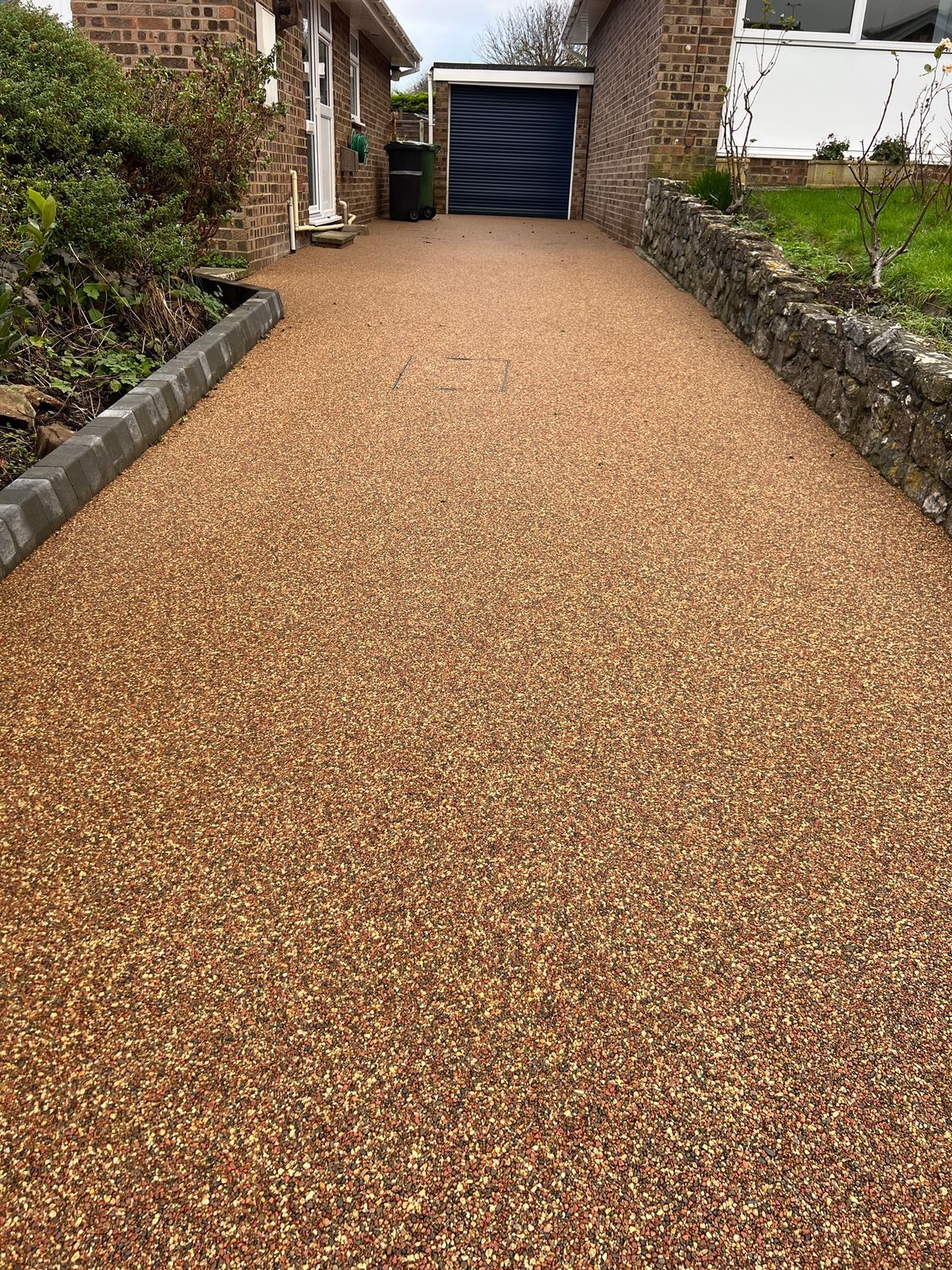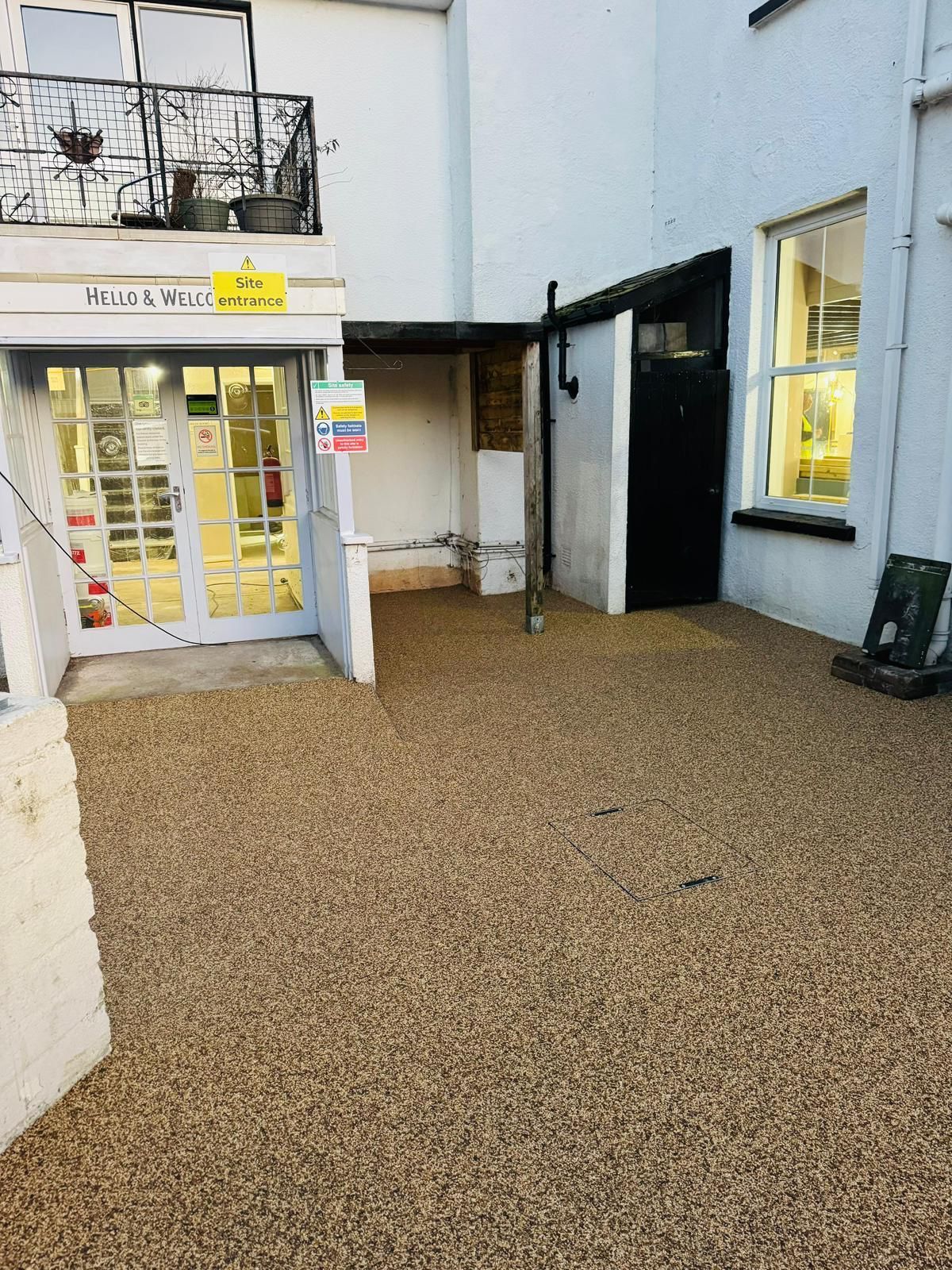Year-Round Cycling: Why Weather-Resistant Resin Makes the Difference

Properties built on clay-rich, expansive soil face unique challenges regarding hardscaping. These soils expand when wet and contract when dry, causing significant ground movement that can crack and damage traditional driveways. Resin driveways offer an innovative solution to this persistent problem, providing flexibility where rigid surfaces would fail.
The Resin Advantage for Problem Soils
Resin-bound gravel systems consist of natural aggregate mixed with high-quality resin to create a surface that can accommodate subtle ground movements. Unlike concrete or asphalt,
resin surfaces flex slightly with soil changes, significantly reducing the risk of cracking and breakage.
The installation process for resin-bound systems includes proper base preparation, which addresses underlying soil issues. A correctly installed subbase creates a stable foundation, while the
resin-bonded top layer provides a decorative, durable finish that moves with the earth beneath it.
Installation Process for Challenging Sites
Professional contractors first assess the specific soil composition and movement patterns when installing resin paving on expansive soils. This evaluation informs the depth and type of sub-base required.
Resin installation techniques for problem soils often include enhanced drainage solutions and specialised base materials that distribute pressure evenly.
Decorative resin finishes are applied to create an attractive surface that complements your property while handling the technical challenges beneath. Resin gravel's versatility means it can be used for driveways, walkways, and even transitional areas to interior resin flooring, creating a cohesive design throughout your property.
Long-Term Performance on Difficult Soils
The flexible nature of resin systems means they adapt to seasonal soil changes without breaking. This adaptability translates to fewer repairs and replacements,
making them a cost-effective choice for expansive soil sites. With proper installation and maintenance, these surfaces remain attractive and functional despite the challenging ground conditions, providing a practical solution to a complex problem.




